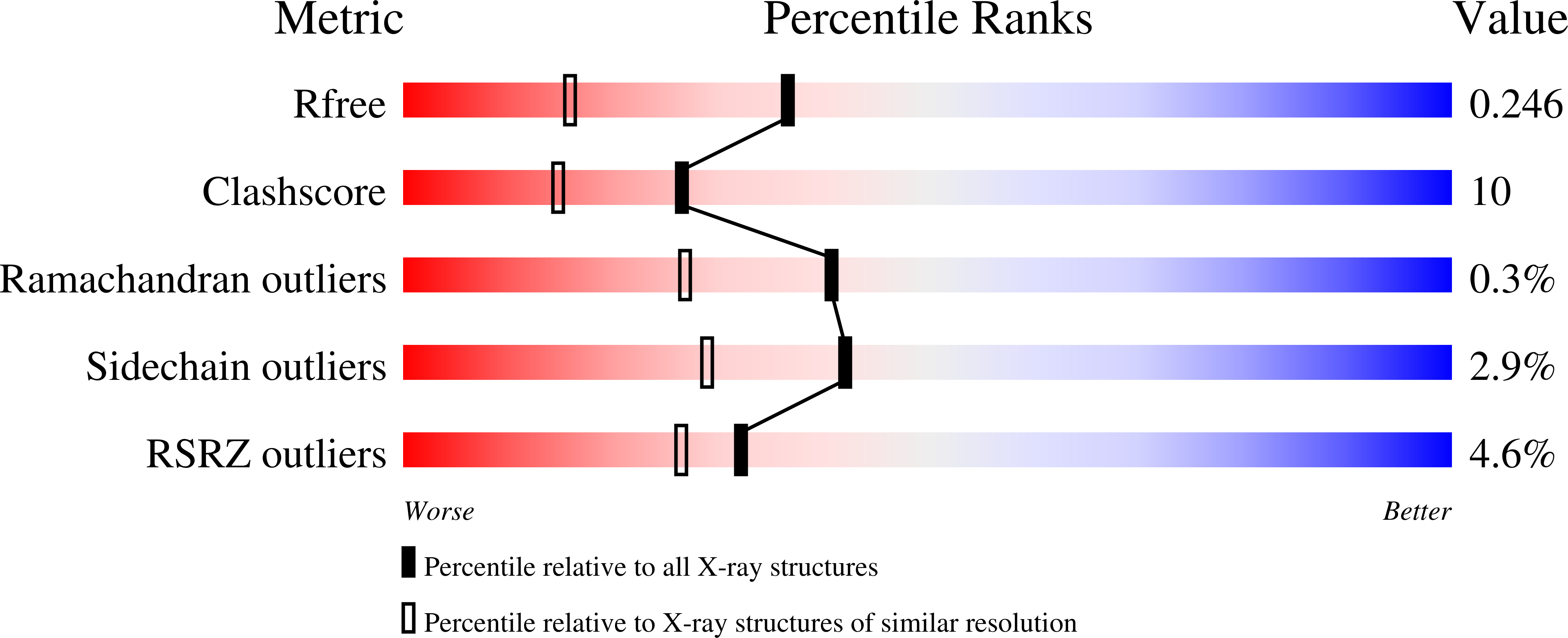
Deposition Date
2008-12-08
Release Date
2009-05-19
Last Version Date
2024-11-20
Entry Detail
PDB ID:
3FGS
Keywords:
Title:
Crystal structure of G65R/K206E double mutant of the N-lobe human transferrin
Biological Source:
Source Organism:
Homo sapiens (Taxon ID: 9606)
Host Organism:
Method Details:
Experimental Method:
Resolution:
1.80 Å
R-Value Free:
0.24
R-Value Work:
0.21
Space Group:
P 21 21 21


